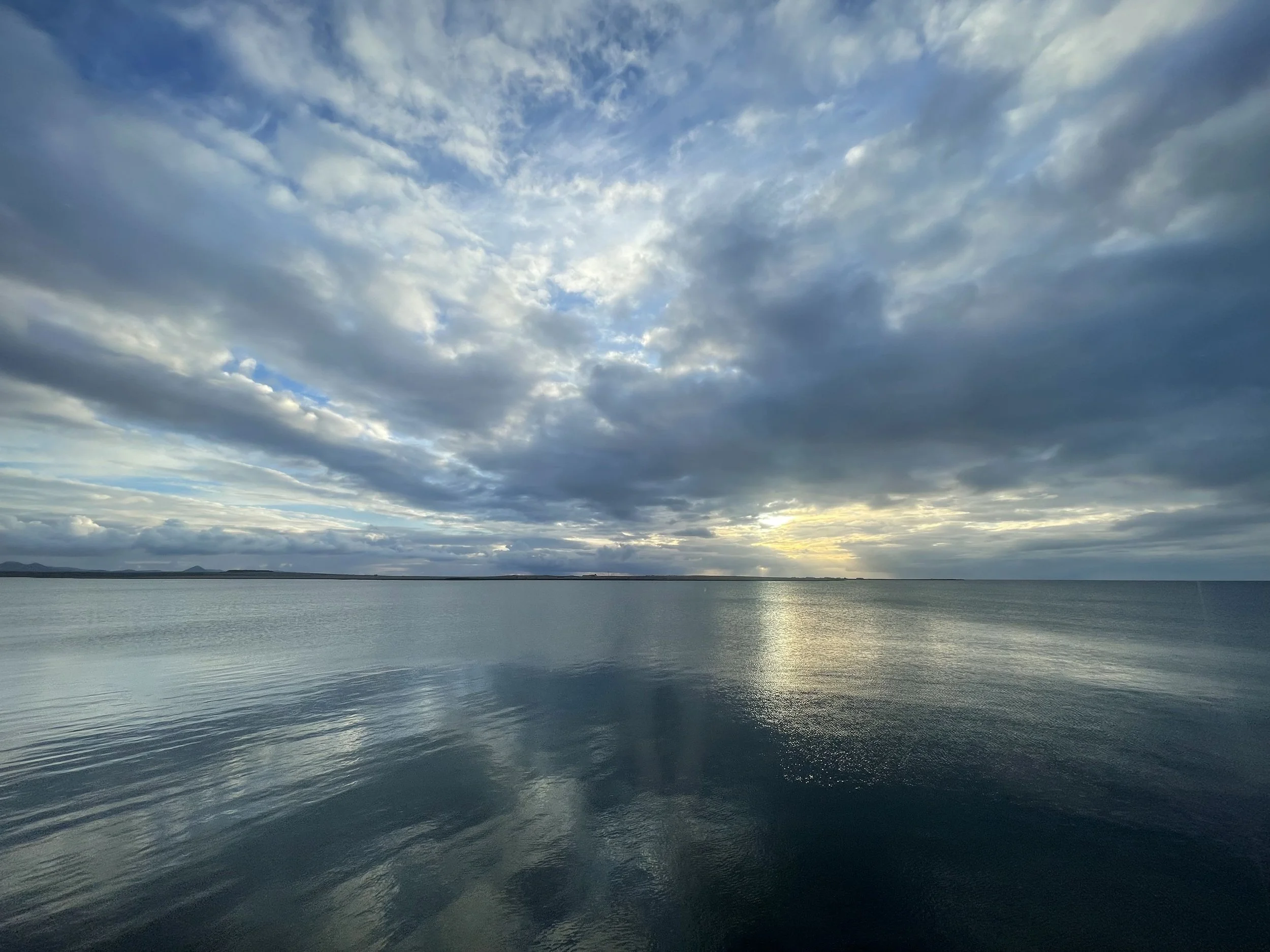How I Make Meaning of Life
My wife and I drive out of the city. On the way, we share stories with each other.
We laugh about how complicated and intertwined the tales of our lives have become with each
other, and with and among the people we know.
We are amazed at how disparate events and people come together over time, in surprising
combinations.
2011 Look Back
New Harvard Journal Focuses on Comparative Theology
As Iron Sharpens Iron, So Does One Tradition Sharpen Another
Pluralism - A Home For All Of Us
When Wiccans & Evangelical Christians Become Friends
The Oneness of the Human Family
Indian Spirituality at T Mobile Los Angeles
Diversity@work Conference – Toronto
Middle East and North Africa Religious Leaders Reject Violence Commit to Cooperation among Muslims, Christians and Jews to Build Peace
Views of Violence: Abu Dhabi Gallup Center Report
Conversely there are those who believe that there are politically motivated groups operating from Islamic countries that hide behind their interpretations of the Quran. And it is these groups who act violently, not on behalf of Islam, but on behalf of their own political and social agendas.
Rita Semel’s 90th Birthday
It was also the 90th year birthday party for the woman who made such an event possible. The theme for the day tells the story – “Healing the World: Honoring the Work of Rita Semel.”





